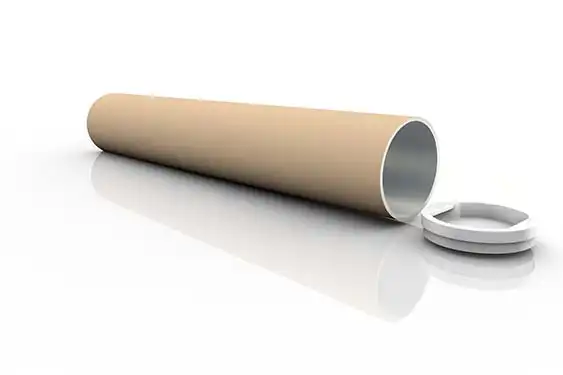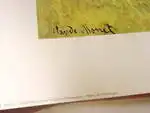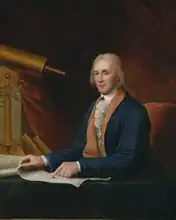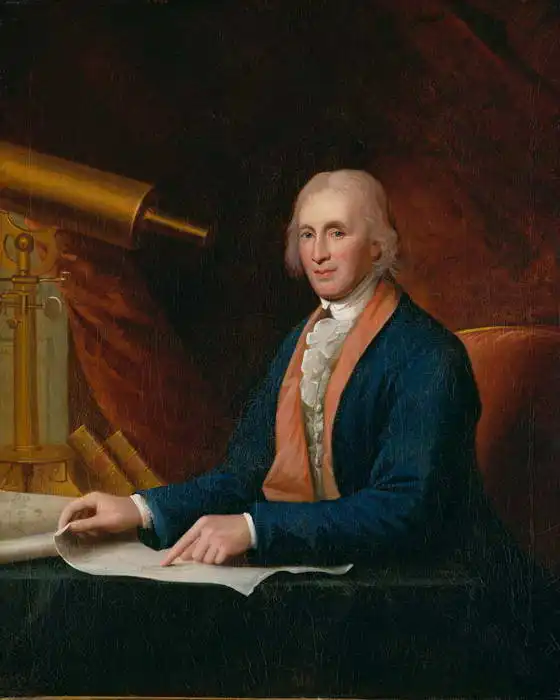About this finishing
Print. The image is printed on the top quality 10-ink HP Z9PS printer on HP matte 270 g / m2 paper. You can choose any size to an accuracy of 1 cm. A margin of 5 cm around the image is added to the size of the motif.


You can find a detailed description about our finishings
here.
David Rittenhouse
The painting depicts a man in historical clothing. He wears a white wig and is dressed in a blue coat with an orange waistcoat and a white lace scarf at his neck. The man is sitting at a table on which there are scrolls of paper, and his hand is resting on one of them. Part of a telescope or some sort of scientific instrument can be seen in the background.
This description was created by artificial intelligence, please be indulgent.
Prevailing color of this fine art print is vivid and its shape is portrait. This image is printed on demand - you can choose material, size and finishing.
An American man talented in many things,
Charles Peale Willson (1741-1827) was born in Chester. He was trained to work with leather and manufactured saddles. However, as soon as word got around that he was a member of the Sons of Liberty (a secret organization fighting against the British administration), the enemies of this party made sure his business failed. He tried his luck as a watchmaker and blacksmith, but always without success. Eventually, he began to make headway as a painter. When he earned enough money, he could go to England, where he studied for three years. Because he had a talent for painting and was a great patriot, he painted portraits of American dignitaries and officials. He captured men such as Benjamin Franklin, the third president of the United States, Thomas Jefferson, John Hancock, or
inventor David Rittenhouse. He became most famous, however, for his portraits of George Washington. One of his 60 portraits of the first American President was the most expensive portrait sold in the US for over 21 million dollars. Peale was not only a painter. He collaborated with inventor John Isaac Hawkins in the production of the polygraph. He was proficient in dentistry and animal preparation and founded one of the first museums. He was married twice as his first wife died. He had three sons, which he named after prominent artists
Rembrandt, Tizian and Raphaelle.


